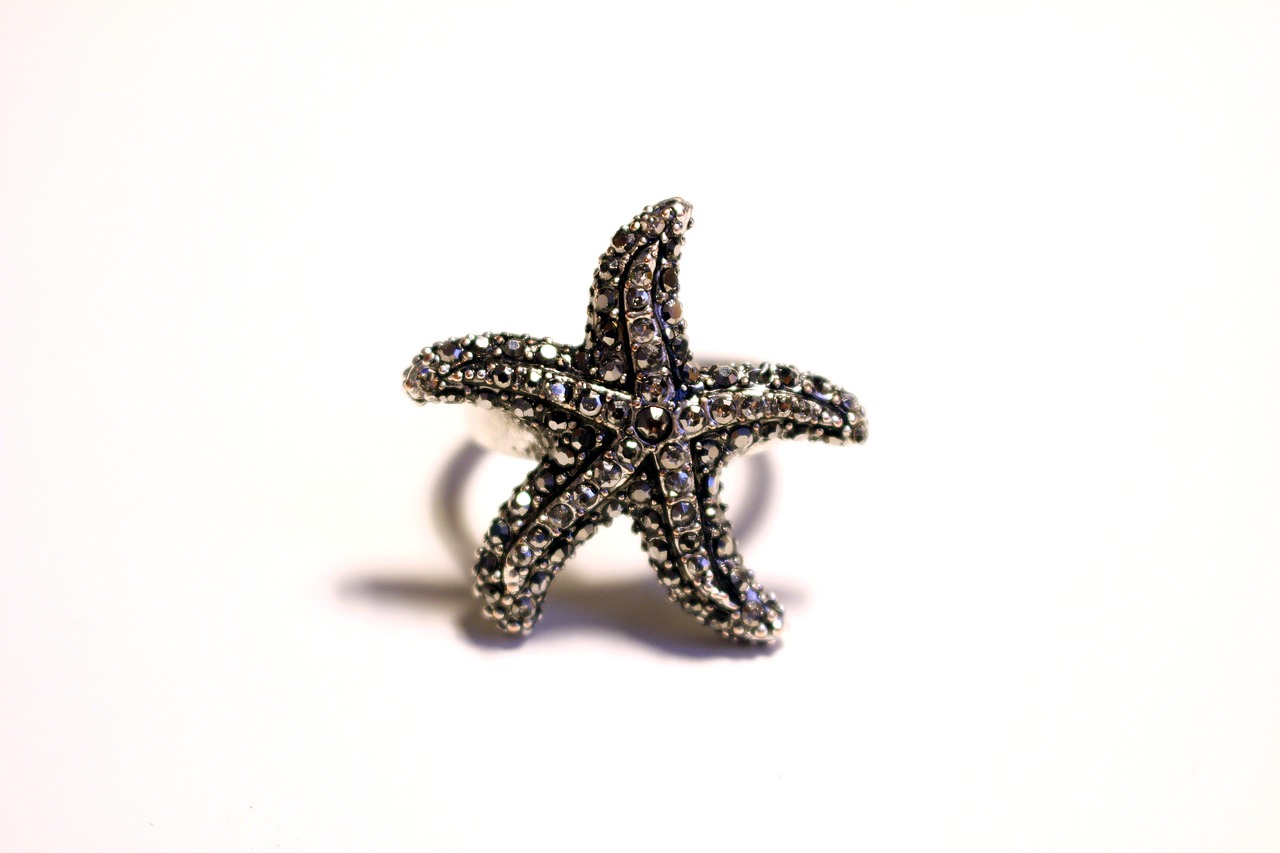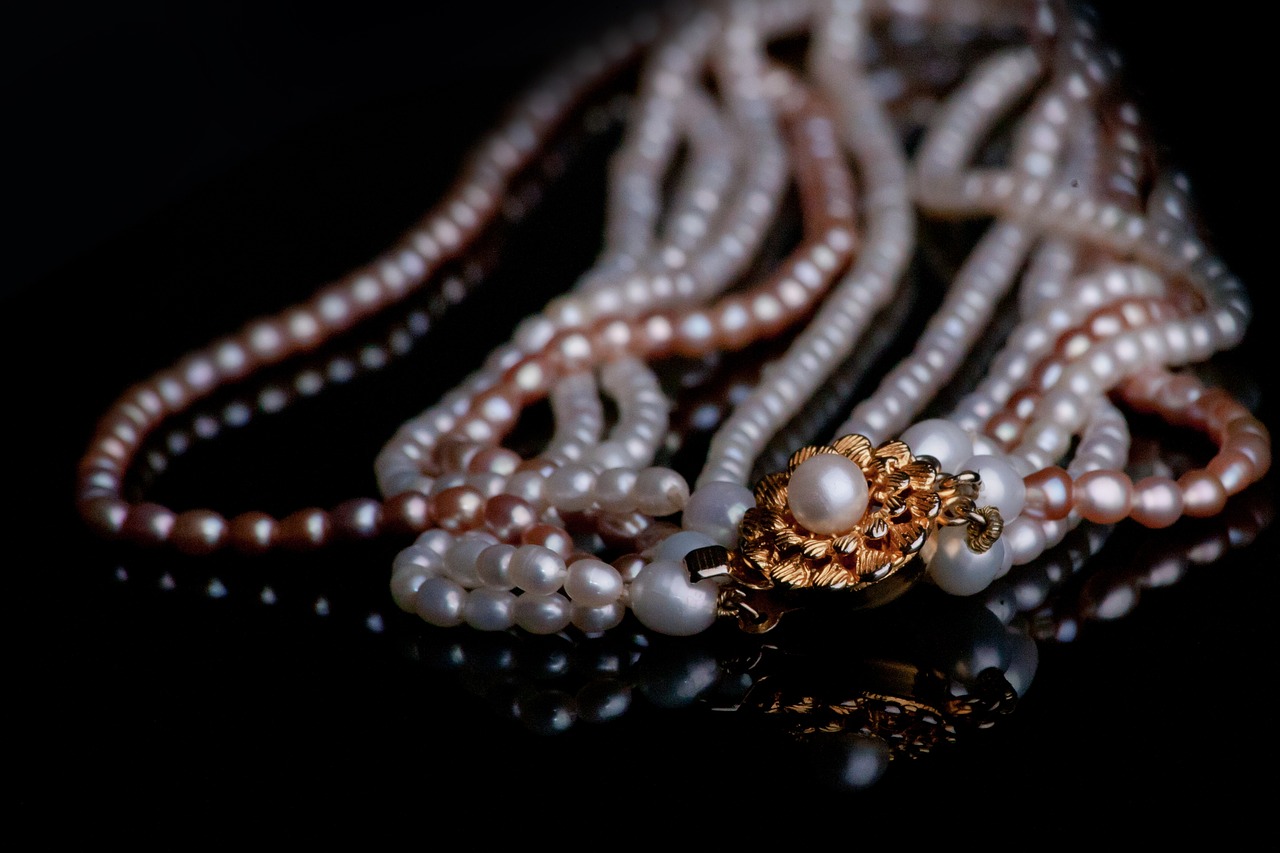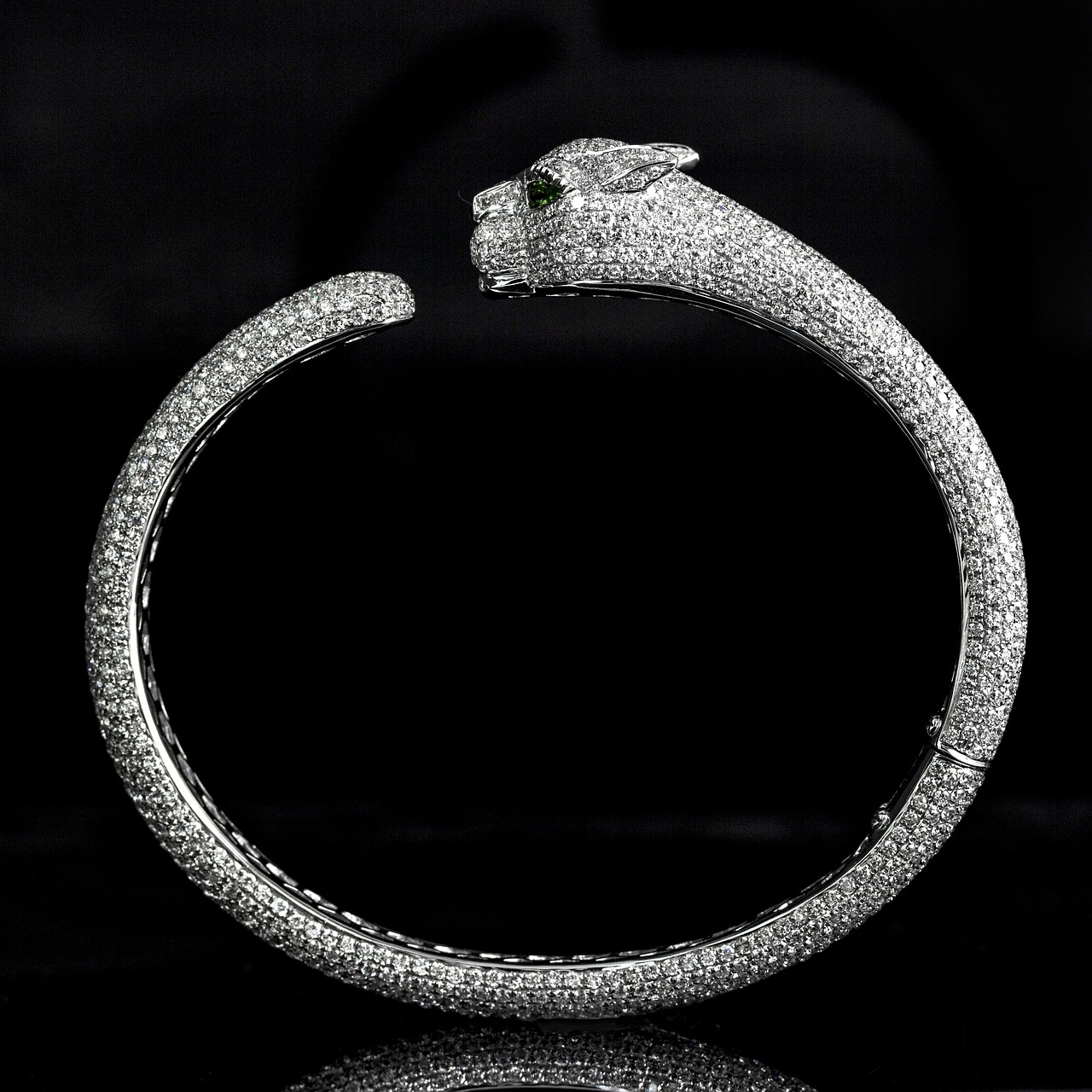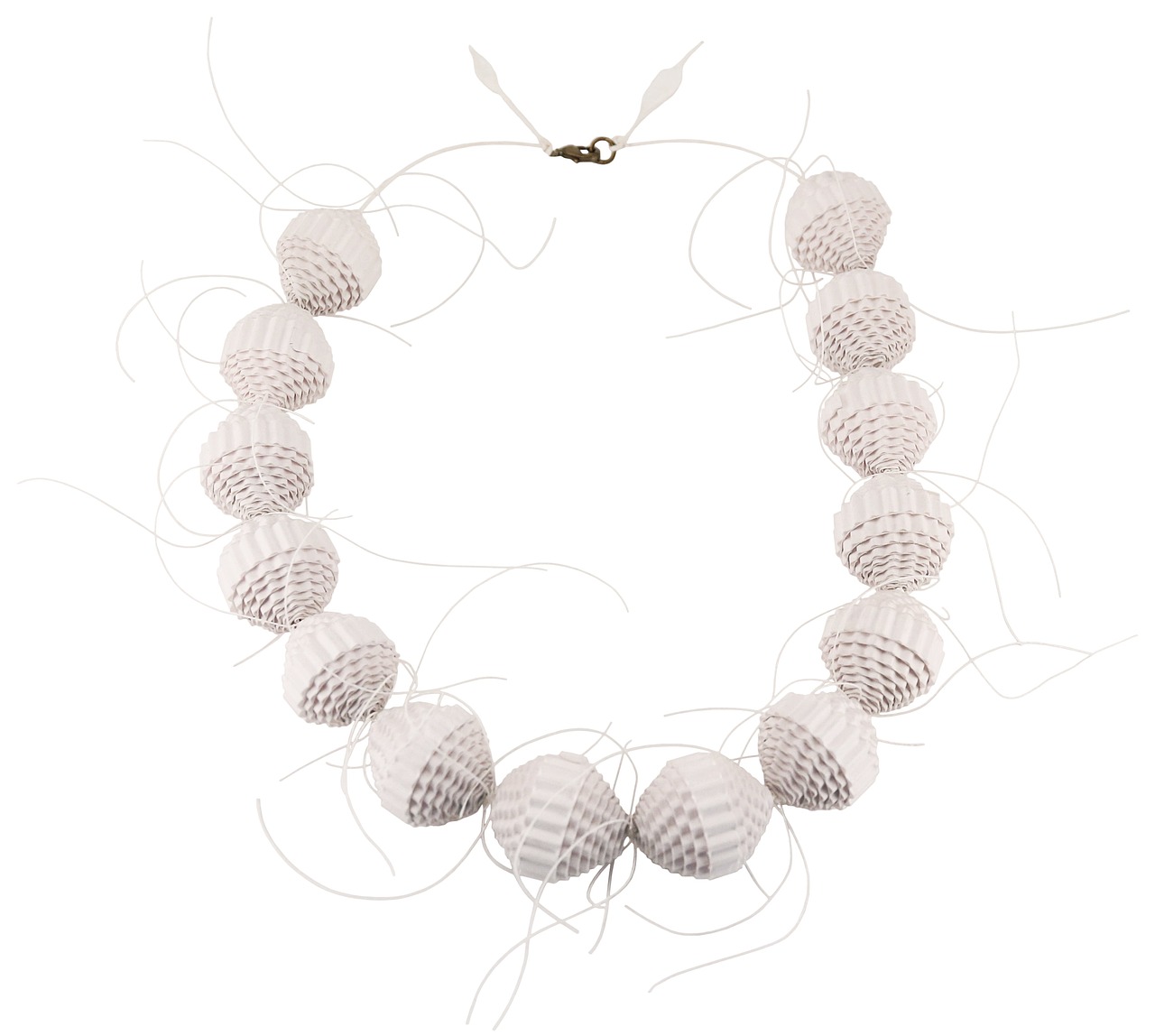This article explores the essential differences between sapphires, rubies, and emeralds, guiding potential buyers in making informed choices based on quality, value, and personal preference.
What Are Sapphires, Rubies, and Emeralds?
Understanding the basic properties and characteristics of these gemstones is crucial for potential buyers. Sapphires, typically blue but available in various colors, are known for their durability and brilliance. Rubies, with their striking red hue, symbolize passion and love. Emeralds, cherished for their vibrant green color, have a rich history intertwined with royalty and mystique.
How Do You Determine the Quality of a Gemstone?
Quality assessment is vital when buying gemstones. The 4 Cs—Cut, Color, Clarity, and Carat weight—play a significant role in determining the overall value and appeal of sapphires, rubies, and emeralds. A well-cut gemstone maximizes light reflection, enhancing its color and brilliance. Color is the most important factor, particularly for rubies and emeralds, where deeper hues often command higher prices. Clarity refers to the presence of inclusions or blemishes, while carat weight affects size and rarity.
What Are the Unique Features of Sapphires?
Sapphires are renowned for their durability, scoring 9 on the Mohs scale of hardness. This makes them an excellent choice for everyday jewelry. They come in a wide range of colors, from pink to yellow, and even colorless. Their unique feature, the star sapphire, displays asterism—a star-like phenomenon caused by needle-like inclusions.
What Makes Rubies Stand Out?
Rubies are often considered one of the most valuable gemstones due to their vibrant color and rarity. The finest rubies exhibit a deep red color with a hint of blue, known as “pigeon blood.” Their cultural significance is profound, often associated with love and passion, making them popular choices for engagement rings and other romantic gifts.
Why Are Emeralds So Highly Valued?
Emeralds are cherished for their rich green color and historical significance. The finest emeralds come from Colombia and are known for their unique clarity and deep color. However, they typically contain inclusions, which are accepted as part of their charm. The value of emeralds is also influenced by their origin, with Colombian emeralds often fetching the highest prices.
How Do Prices Compare Among These Gemstones?
Price is a significant factor for buyers. Generally, rubies tend to be the most expensive, followed by emeralds and then sapphires. However, prices can vary widely based on quality, size, and rarity. For instance, a high-quality sapphire can surpass a lower-quality ruby in price, highlighting the importance of understanding the 4 Cs when making a purchase.
What Are the Best Settings for Each Gemstone?
The right setting can enhance the beauty of a gemstone. Sapphires are often set in white gold or platinum to accentuate their color. Rubies look stunning in yellow gold, which complements their rich hues. Emeralds, being softer, are best set in protective settings to prevent damage, with popular choices including halo settings that add extra sparkle.
How to Care for Your Precious Gemstones?
Proper care is essential for maintaining the beauty of gemstones. Clean sapphires and rubies with mild soap and water, avoiding harsh chemicals. Emeralds require more care due to their inclusions; it’s best to avoid soaking them in water. Store all gemstones separately to prevent scratching and damage.
What Are the Current Trends in Gemstone Jewelry?
Staying updated on trends can influence buying decisions. Currently, vintage styles and customized pieces are gaining popularity, with many consumers opting for unique designs that incorporate sapphires, rubies, and emeralds. Additionally, ethical sourcing is becoming a significant consideration for buyers, leading to a rise in demand for responsibly sourced gemstones.
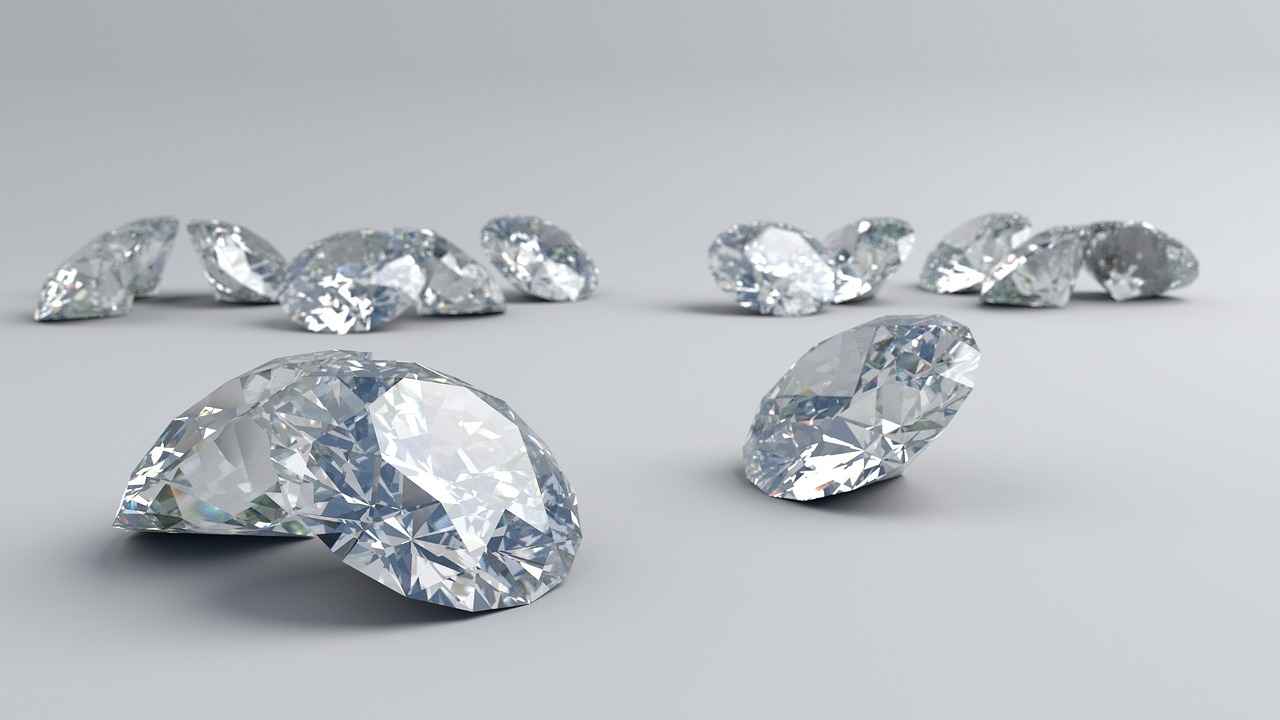
What Are Sapphires, Rubies, and Emeralds?
Sapphires, rubies, and emeralds are among the most coveted gemstones in the world, each possessing unique properties and characteristics that appeal to both collectors and casual buyers alike. Understanding these qualities is essential for anyone considering a purchase, as it can significantly influence both the aesthetic and investment value of the gems.
The origins of these gemstones are as diverse as their colors. Sapphires are primarily found in countries like Sri Lanka, Myanmar, and Madagascar, with a variety of hues ranging from deep blue to vibrant yellow. Rubies, known for their striking red color, are most commonly sourced from Burma, Thailand, and Mozambique. In contrast, emeralds are cherished for their lush green tones and are predominantly mined in Colombia, Zambia, and Brazil. Each gemstone’s origin can significantly affect its value and desirability.
- Sapphires: While blue is the most recognized color, sapphires can also be found in pink, yellow, and even colorless variants. The intensity and saturation of the color greatly impact their market value.
- Rubies: The most sought-after rubies exhibit a vivid red color, often referred to as “pigeon blood.” The deeper the red, the higher the price.
- Emeralds: The value of emeralds is largely determined by their color and clarity. Rich, vibrant greens are preferred, with clarity playing a crucial role in assessing quality.
Each of these gemstones carries a unique appeal that makes them popular choices for jewelry. Sapphires are renowned for their durability and versatility, making them suitable for everyday wear. Rubies are often associated with passion and love, frequently used in engagement rings and special occasion jewelry. Emeralds, with their historical significance and rich green hues, are often linked to fertility and rebirth, adding a layer of meaning to their beauty.
When selecting between sapphires, rubies, and emeralds, buyers should consider their personal style, the occasion, and the gemstone’s investment potential. Each gem offers distinct qualities that cater to different tastes and preferences. For instance, a buyer seeking a classic and timeless piece might opt for a sapphire, while someone looking for a vibrant statement piece may lean towards a ruby or emerald.
Staying informed about current trends can aid buyers in making informed decisions. Recently, there has been a rising interest in vintage and antique pieces featuring these gemstones, as well as a growing demand for ethically sourced stones. Additionally, the popularity of custom jewelry designs allows buyers to express their unique style while investing in these precious gems.
In summary, understanding the origins, color variations, and appeal of sapphires, rubies, and emeralds is essential for potential buyers. Each gemstone offers a unique combination of beauty, history, and value, making them worthy investments for both personal use and collection.
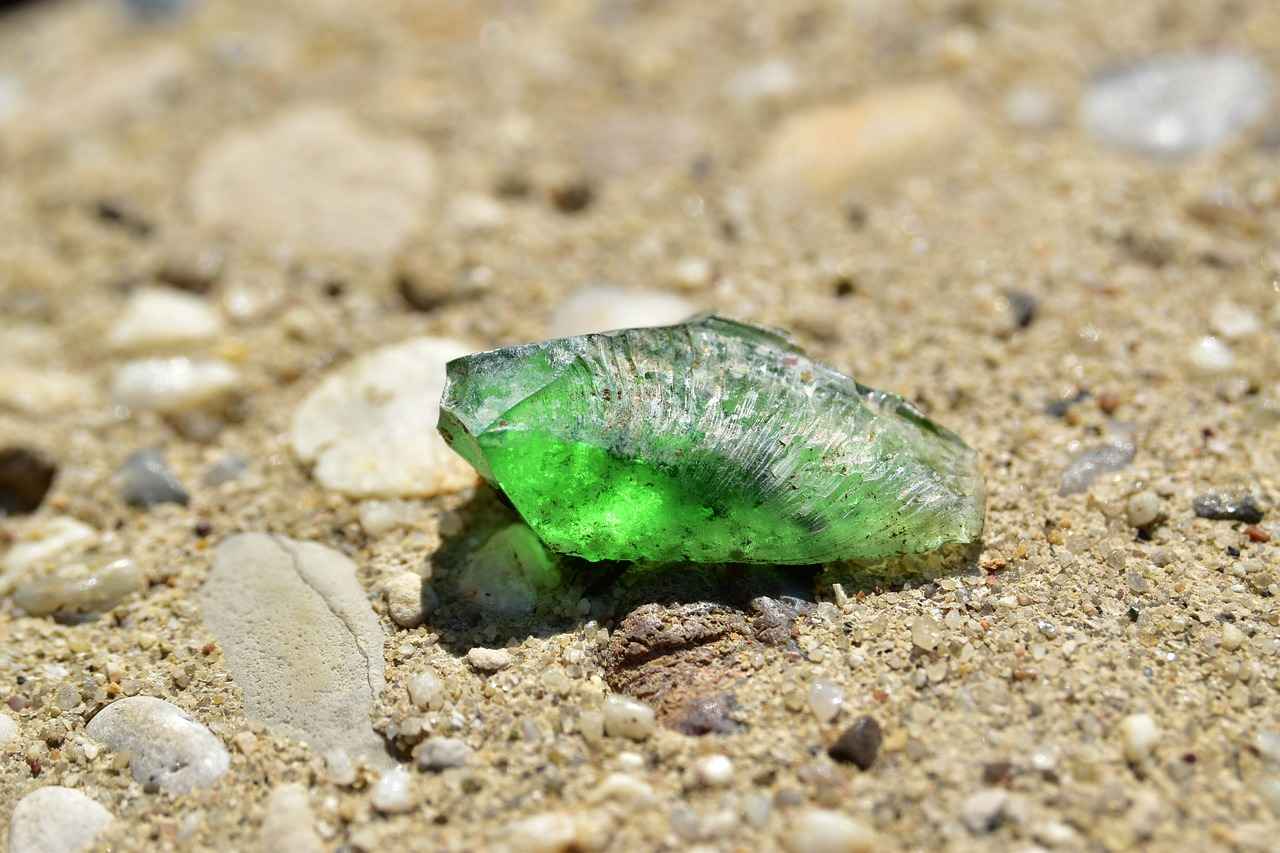
How Do You Determine the Quality of a Gemstone?
When investing in gemstones, understanding their quality is crucial to making an informed purchase. The quality of a gemstone is primarily evaluated based on the 4 Cs: Cut, Color, Clarity, and Carat weight. This framework not only applies to diamonds but is also essential for gemstones like sapphires, rubies, and emeralds. Each of these factors plays a significant role in determining the overall value and appeal of these precious stones.
The cut of a gemstone refers to how well it has been shaped and faceted. A well-executed cut enhances the stone’s brilliance and sparkle. For sapphires, rubies, and emeralds, the cut can vary significantly. For instance, sapphires are often cut in a way that highlights their deep blue hues, while rubies might be cut to emphasize their vibrant red shades. Emeralds, being softer, are typically cut into shapes that minimize the risk of chipping. A superior cut can dramatically increase the value of a gemstone.
Color is one of the most critical factors in gemstone evaluation. Each gemstone has its own color spectrum that determines its desirability. Sapphires are primarily valued for their rich blue color, but they can also be found in various shades, including pink and yellow. Rubies are prized for their intense red hue, often referred to as “blood-red.” Emeralds are known for their lush green color, which can range from light to dark. The more saturated and vivid the color, the higher the gemstone’s value tends to be.
Clarity refers to the presence of inclusions or blemishes within a gemstone. A stone with fewer inclusions is generally more valuable. Sapphires and rubies can have natural inclusions that do not significantly affect their beauty or durability, while emeralds often exhibit inclusions known as “jardin,” which can enhance their character. Understanding clarity helps buyers gauge the quality and potential value of the gemstone they are considering.
Carat weight measures the size of the gemstone. Generally, larger gemstones are rarer and more valuable. However, the quality of the stone must also be considered. A smaller, high-quality sapphire may be worth more than a larger, lower-quality one. For rubies and emeralds, the same principle applies. Buyers should be aware that carat weight, while important, should not be the sole factor in determining a gemstone’s value.
In summary, assessing the quality of sapphires, rubies, and emeralds requires a careful analysis of the 4 Cs. By paying close attention to the cut, color, clarity, and carat weight, buyers can make informed decisions that align with their preferences and budget. This knowledge not only enhances the buying experience but also ensures that the chosen gemstone will be a cherished possession for years to come.
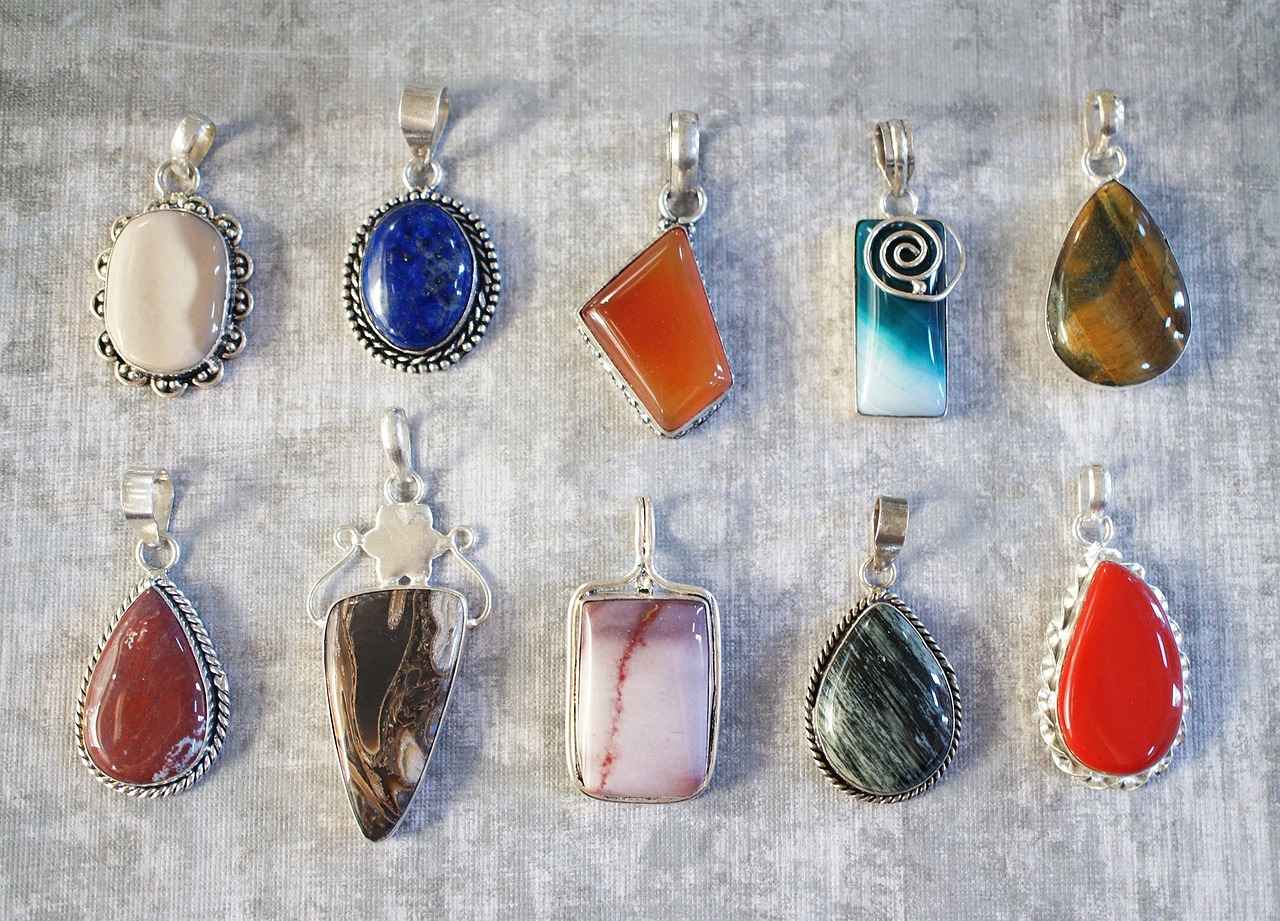
What Are the Unique Features of Sapphires?
Sapphires are among the most sought-after gemstones in the world, celebrated not only for their stunning beauty but also for their remarkable durability. This section delves into the unique features of sapphires, emphasizing their color variations, hardness, and popular uses in jewelry.
One of the most striking characteristics of sapphires is their wide range of colors. While the most recognized hue is deep blue, sapphires can also be found in shades of pink, yellow, green, and even colorless. These variations arise from the presence of different trace elements, such as iron and titanium, which influence the color intensity.
Sapphires are renowned for their exceptional hardness, ranking a remarkable 9 on the Mohs scale, just below diamonds. This impressive hardness makes them an ideal choice for everyday jewelry, such as engagement rings and bracelets, as they are highly resistant to scratches and damage.
Due to their durability and aesthetic appeal, sapphires are extensively used in various types of jewelry.
- Engagement Rings: Sapphires are increasingly popular as alternatives to traditional diamond engagement rings, offering a unique and colorful option.
- Necklaces: Sapphire pendants and necklaces can add a touch of elegance to any outfit, making them a favored choice for both casual and formal occasions.
- Earrings: Sapphire earrings, whether in the form of studs or dangling designs, are a timeless addition to any jewelry collection.
Beyond the classic blue sapphires, there are several other types that are gaining popularity:
- Padparadscha: This rare variety exhibits a captivating blend of pink and orange hues, making it one of the most coveted sapphires.
- Star Sapphires: Characterized by a star-like phenomenon known as asterism, these sapphires display a unique optical effect that adds to their allure.
- Fancy Sapphires: Available in a spectrum of colors, fancy sapphires offer buyers a chance to select stones that resonate with their personal style.
Choosing sapphires means investing in a gemstone that not only offers beauty but also symbolizes wisdom, loyalty, and nobility. Their rich history and cultural significance, combined with their stunning visual appeal, make them a cherished choice for both collectors and casual buyers alike.
In summary, sapphires stand out in the gemstone world due to their diverse color palette, remarkable hardness, and versatility in jewelry design. Whether you are drawn to the classic blue or the exotic hues of fancy sapphires, these gemstones promise to add elegance and charm to any collection.
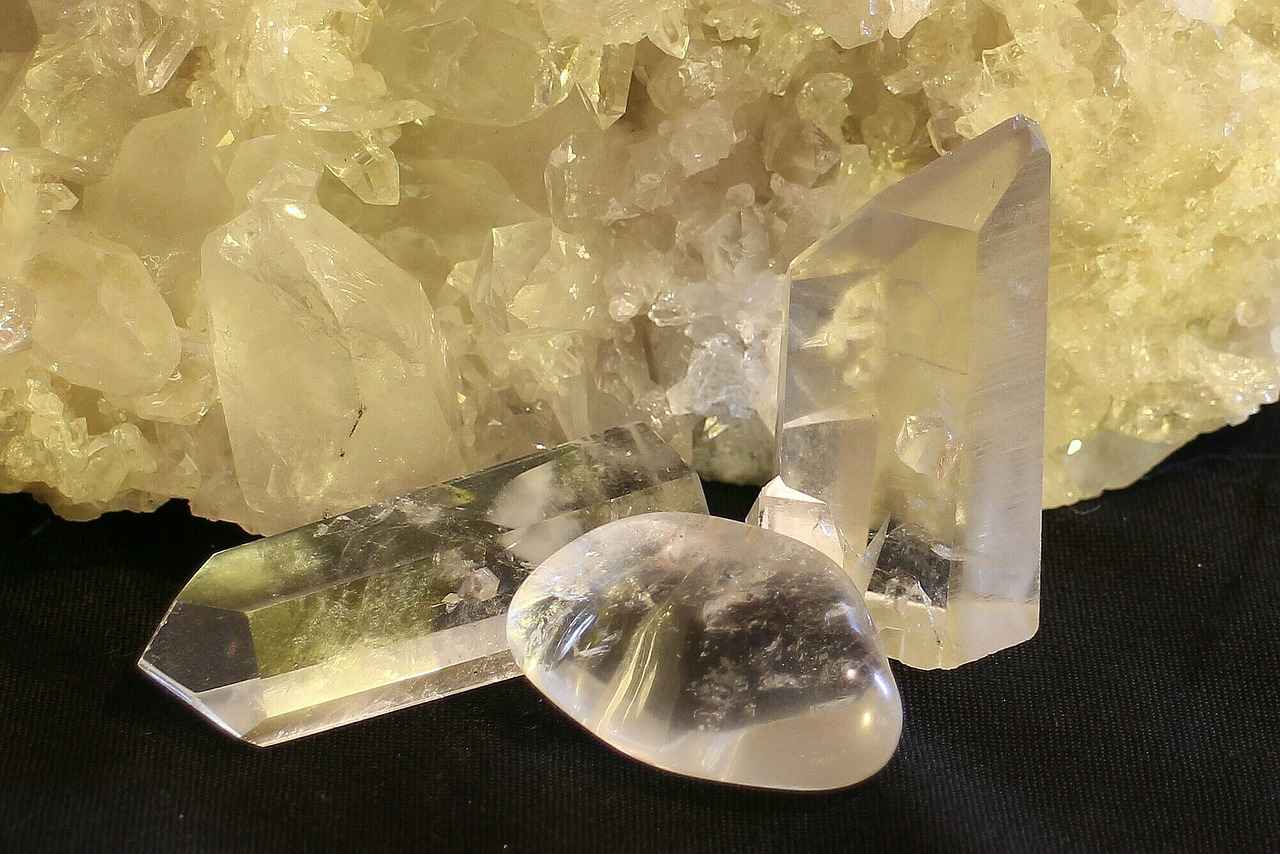
What Makes Rubies Stand Out?
When considering the world of gemstones, rubies hold a distinctive place due to their striking characteristics and rich history. This section explores the unique features that make rubies stand out from other gemstones, focusing on their vibrant color, rarity, and cultural significance.
One of the most captivating aspects of rubies is their vibrant red color. This hue is primarily attributed to the presence of chromium, which gives rubies their distinctive, fiery glow. The most sought-after rubies exhibit a deep, rich red, often referred to as “blood-red.” The color intensity can significantly affect the value of the gemstone, with deeper shades generally commanding higher prices.
Rubies are among the rarest gemstones in the world, which contributes to their high value. The geological conditions required for ruby formation are quite specific, making quality rubies hard to find. Moreover, the majority of rubies on the market are treated to enhance their color and clarity. Natural, untreated rubies are exceptionally rare, and their scarcity further elevates their status in the gemstone market.
Throughout history, rubies have held a significant place in various cultures. In many ancient civilizations, rubies were believed to possess protective properties, symbolizing power and passion. For instance, in Indian culture, rubies were associated with the sun and were believed to bring good fortune and health. Similarly, in medieval Europe, they were worn by nobility as a symbol of wealth and status.
When compared to other gemstones, such as sapphires and emeralds, rubies stand out not only for their color but also for their hardness. Rubies score a 9 on the Mohs scale of hardness, making them one of the hardest gemstones available. This durability makes rubies an excellent choice for everyday wear, especially in rings and bracelets.
Choosing the right setting can enhance the beauty of a ruby. Popular settings include solitaire designs, where the ruby is the focal point, and halo settings, which feature smaller diamonds surrounding the ruby to amplify its brilliance. Additionally, rubies are often set in yellow or white gold, which complements their vibrant color effectively.
To maintain the beauty of your ruby, proper care is essential. Regular cleaning with warm, soapy water and a soft brush can help remove dirt and oils. It’s advisable to avoid harsh chemicals and ultrasonic cleaners, as these can damage the stone. Storing rubies separately from other gemstones can prevent scratches and keep them in pristine condition.
In summary, rubies are not only visually stunning but also rich in history and cultural significance. Their vibrant color, rarity, and durability make them a valuable addition to any jewelry collection. Whether you are considering purchasing a ruby for its beauty or its symbolic meaning, understanding what makes rubies unique will help you make an informed choice.
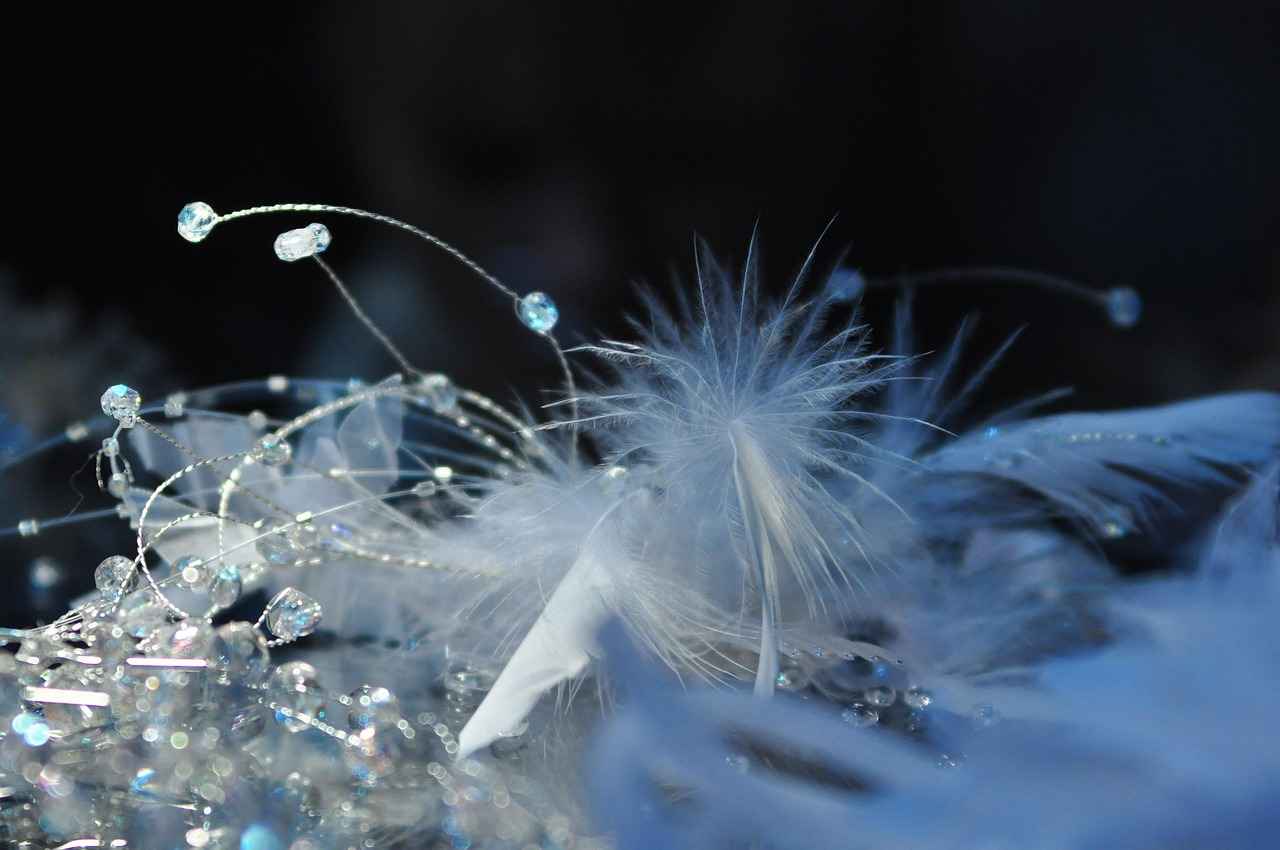
Why Are Emeralds So Highly Valued?
Emeralds are among the most coveted gemstones in the world, celebrated not only for their stunning rich green color but also for their deep-rooted historical significance. As one of the four precious gemstones, alongside diamonds, rubies, and sapphires, emeralds hold a unique place in the hearts of collectors and jewelry enthusiasts alike. This section delves into the various factors that contribute to the high value of emeralds, including their clarity, origin, and the cultural narratives that surround them.
The allure of emeralds is primarily attributed to their vibrant green hue, which can range from a light, almost minty green to a deep, intense green. This color is a result of the presence of chromium and vanadium in the stone. However, the clarity of an emerald is equally important. Unlike other gemstones, emeralds often contain inclusions, which are natural imperfections that can enhance their character. The presence of these inclusions can sometimes lead to a higher value if they are deemed to be part of the stone’s unique identity.
The origin of an emerald plays a crucial role in determining its value. Colombian emeralds, for instance, are highly sought after due to their superior quality and rich color. Other notable sources include Zambia and Brazil, each offering unique characteristics that can influence pricing. Generally, emeralds from Colombia are considered the gold standard in the market, often fetching higher prices than their counterparts from other regions.
When assessing the value of emeralds, clarity is a key factor. The gemstone grading system evaluates clarity on a scale from flawless to heavily included. While many emeralds contain inclusions, those with fewer visible flaws are typically more valuable. However, it’s essential to note that some inclusions, known as “jardin,” can add to the stone’s charm and uniqueness, making them more appealing to certain buyers.
Emeralds have a rich history that dates back thousands of years. They were prized by ancient civilizations, including the Egyptians, who believed that emeralds symbolized fertility and rebirth. In modern times, they are often associated with love, hope, and renewal, making them a popular choice for engagement rings and other significant jewelry pieces. This cultural significance adds layers of value beyond the physical attributes of the gemstone.
The demand for emeralds can fluctuate based on market trends, impacting their prices. As consumers become more educated about gemstones, the desire for ethically sourced and high-quality emeralds has increased. This shift in consumer behavior has led to a rise in the value of emeralds that come with certifications from reputable gemological laboratories, assuring buyers of their authenticity and quality.
- Certification: Always seek emeralds that come with a certification from a recognized gemological institute.
- Color: Look for a vibrant green hue, as this is a key indicator of quality.
- Clarity: Assess the inclusions; some can enhance the stone’s value while others may detract from it.
- Origin: Consider the source of the emerald, as this can significantly impact its value.
In conclusion, the value of emeralds is influenced by a combination of their stunning color, clarity, origin, and the rich cultural narratives that accompany them. For those looking to invest in these beautiful gemstones, understanding these factors is essential for making an informed decision.

How Do Prices Compare Among These Gemstones?
When it comes to purchasing gemstones, price is undoubtedly a crucial consideration for buyers. Understanding how the market prices of sapphires, rubies, and emeralds compare can significantly influence your decision. This section delves into the factors that affect the pricing of these exquisite gems, including quality, size, and rarity.
Market Overview
The gemstone market is influenced by various factors that determine the value of each stone. Sapphires, rubies, and emeralds are priced based on their unique characteristics, which can vary widely. For instance, while sapphires are generally more abundant, exceptional specimens can command high prices, especially those with deep blue hues. In contrast, rubies, with their striking red color, often fetch higher prices due to their rarity and demand.
Factors Affecting Prices
- Quality: The quality of a gemstone is assessed by the 4 Cs: Cut, Color, Clarity, and Carat weight. A well-cut stone with vivid color and minimal inclusions is likely to be more expensive.
- Size: Generally, larger gemstones are more valuable. However, the price increase is not linear; larger stones can see a significant spike in value.
- Rarity: The rarity of a gemstone plays a vital role in its price. For example, high-quality rubies are rarer than sapphires, making them more expensive. Emeralds, while popular, can also be costly due to their unique color and clarity requirements.
Price Comparisons
| Gemstone | Average Price per Carat | High-End Price per Carat |
|---|---|---|
| Sapphire | $500 – $2,500 | $10,000+ |
| Ruby | $1,000 – $5,000 | $18,000+ |
| Emerald | $500 – $3,000 | $20,000+ |
Regional Variations
Prices can also vary significantly based on the gemstone’s geographical origin. For instance, Burmese rubies are often considered the finest and therefore command a premium price. Similarly, Colombian emeralds are highly sought after for their rich color and are priced accordingly. Understanding these regional distinctions can help buyers make more informed choices.
Investment Potential
Many buyers view gemstones as an investment. While sapphires and emeralds can appreciate over time, rubies, particularly those of exceptional quality, tend to offer the highest investment returns. Collectors often seek rare stones, which can lead to increased prices in the market.
In conclusion, when comparing the prices of sapphires, rubies, and emeralds, it is essential to consider various factors such as quality, size, rarity, and origin. By understanding these elements, buyers can make informed decisions that align with their preferences and budget.
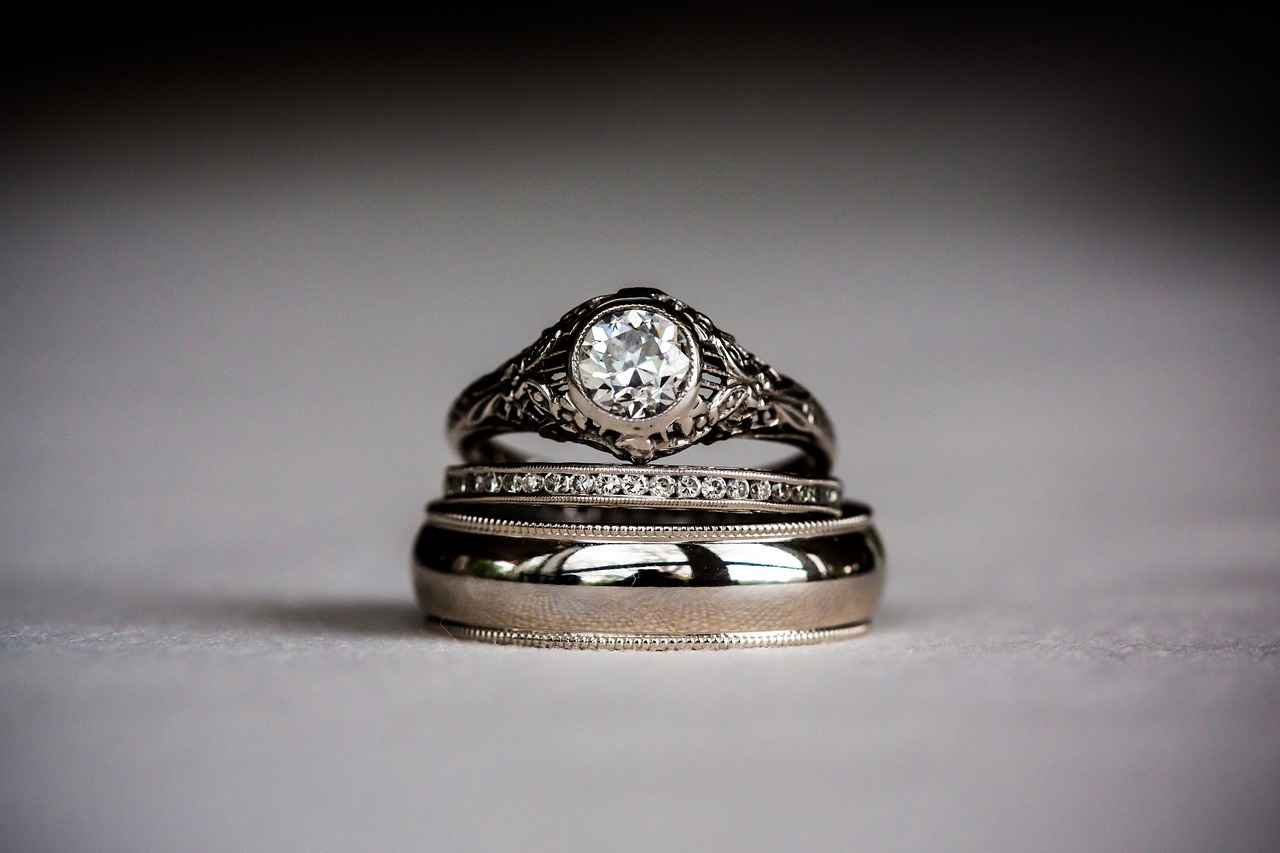
What Are the Best Settings for Each Gemstone?
The right setting can significantly enhance the beauty of a gemstone, transforming it from a mere stone into a striking piece of jewelry. When it comes to sapphires, rubies, and emeralds, the choice of setting is crucial not only for aesthetic appeal but also for the durability of the gemstone. This section explores the most popular settings for these three gemstones, taking into account their unique characteristics and the visual impact of each setting.
Sapphires are known for their hardness and vibrant colors, making them suitable for various settings. Some of the best options include:
- Prong Setting: This classic setting allows maximum light to enter the gemstone, enhancing its brilliance.
- Halo Setting: Surrounded by smaller diamonds or gemstones, this setting amplifies the sapphire’s color and size.
- Bezel Setting: Providing excellent protection, this setting encircles the sapphire with metal, making it ideal for everyday wear.
Rubies, with their deep red hues, require settings that highlight their color and rarity. Consider the following:
- Cluster Setting: This design features multiple stones grouped together, creating a stunning visual effect that emphasizes the ruby’s richness.
- Three-Stone Setting: Often symbolizing the past, present, and future, this setting showcases the ruby alongside two complementary gemstones, enhancing its allure.
- Vintage Setting: Intricate designs often found in antique jewelry can enhance the ruby’s classic beauty, adding a touch of elegance.
Emeralds are prized for their lush green color, and the right setting can enhance their natural beauty. Some recommended settings include:
- Channel Setting: This modern setting securely holds the emerald in place while allowing light to reflect off its surface, emphasizing its vibrant color.
- Solitaire Setting: A single emerald in a simple setting allows the stone to take center stage, showcasing its beauty without distraction.
- Twisted Band Setting: This unique design adds a contemporary flair while securely holding the emerald, making it an excellent choice for a statement piece.
Each gemstone has its own personality, and the right setting enhances its unique qualities. When selecting a setting, consider not only the aesthetic appeal but also the durability and the lifestyle of the wearer. A well-chosen setting can elevate a gemstone, making it a cherished piece for years to come.
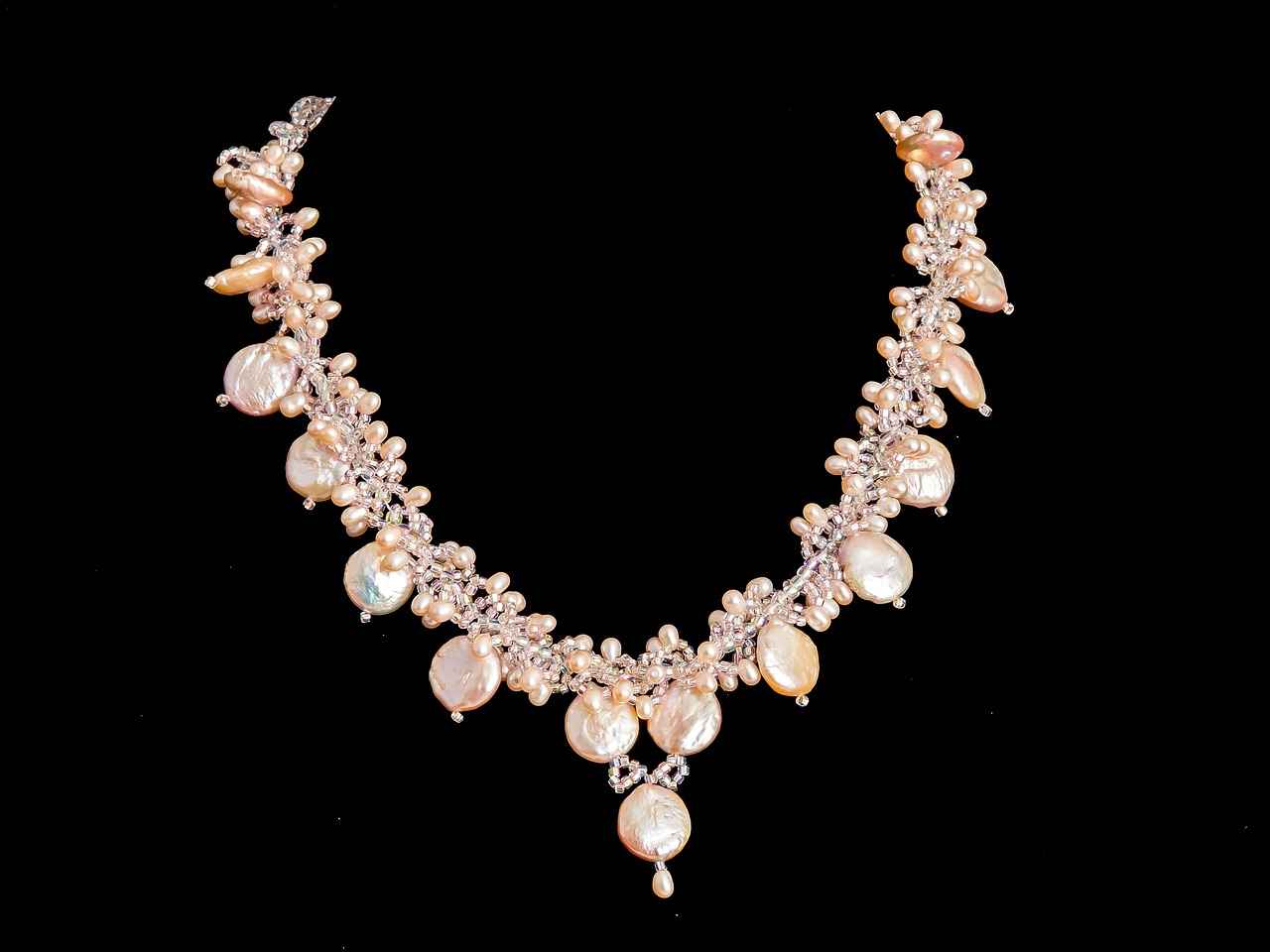
How to Care for Your Precious Gemstones?
Proper care is essential for maintaining the beauty of gemstones. With the right cleaning and storage techniques, you can ensure that your sapphires, rubies, and emeralds retain their luster and brilliance for generations. This section provides practical tips to help you care for these exquisite stones.
Cleaning gemstones should be done with caution to avoid damaging their surface or settings. Here are some effective methods:
- Warm Soapy Water: Mix a few drops of mild dish soap with warm water. Soak your gemstones for about 10-15 minutes, then gently scrub with a soft toothbrush to remove dirt and grime.
- Ultrasonic Cleaners: While effective, use these with caution. Some gemstones, especially softer ones, may be damaged. Always check if your gemstone is suitable for ultrasonic cleaning.
- Professional Cleaning: For valuable or antique pieces, consider having them cleaned by a professional jeweler to ensure they are handled correctly.
Storing gemstones correctly is just as important as cleaning them. Follow these guidelines:
- Separate Storage: Store each gemstone separately to prevent scratches. Use soft pouches or individual compartments in a jewelry box.
- Controlled Environment: Keep gemstones in a cool, dry place away from direct sunlight. Excessive heat and humidity can affect their color and clarity.
- Use Anti-Tarnish Materials: Use anti-tarnish strips or bags to protect your jewelry from tarnishing, especially for pieces with metal settings.
Each gemstone has unique properties and requires specific care:
- Sapphires: These durable stones can withstand daily wear but should be cleaned regularly to maintain their shine. Avoid harsh chemicals that can dull their surface.
- Rubies: Rubies are quite hard but can be sensitive to extreme temperatures. Clean them gently and store them away from other jewelry to prevent scratches.
- Emeralds: Emeralds are more delicate due to their inclusions. Use a soft cloth for cleaning and avoid soaking them in water for long periods.
If you notice any damage, such as loose stones or scratches, it’s wise to consult a professional jeweler. Regular inspections can help identify potential issues before they become serious.
By following these care tips, you can ensure that your precious gemstones remain stunning and valuable. Remember, proper maintenance not only enhances their beauty but also preserves their worth over time.
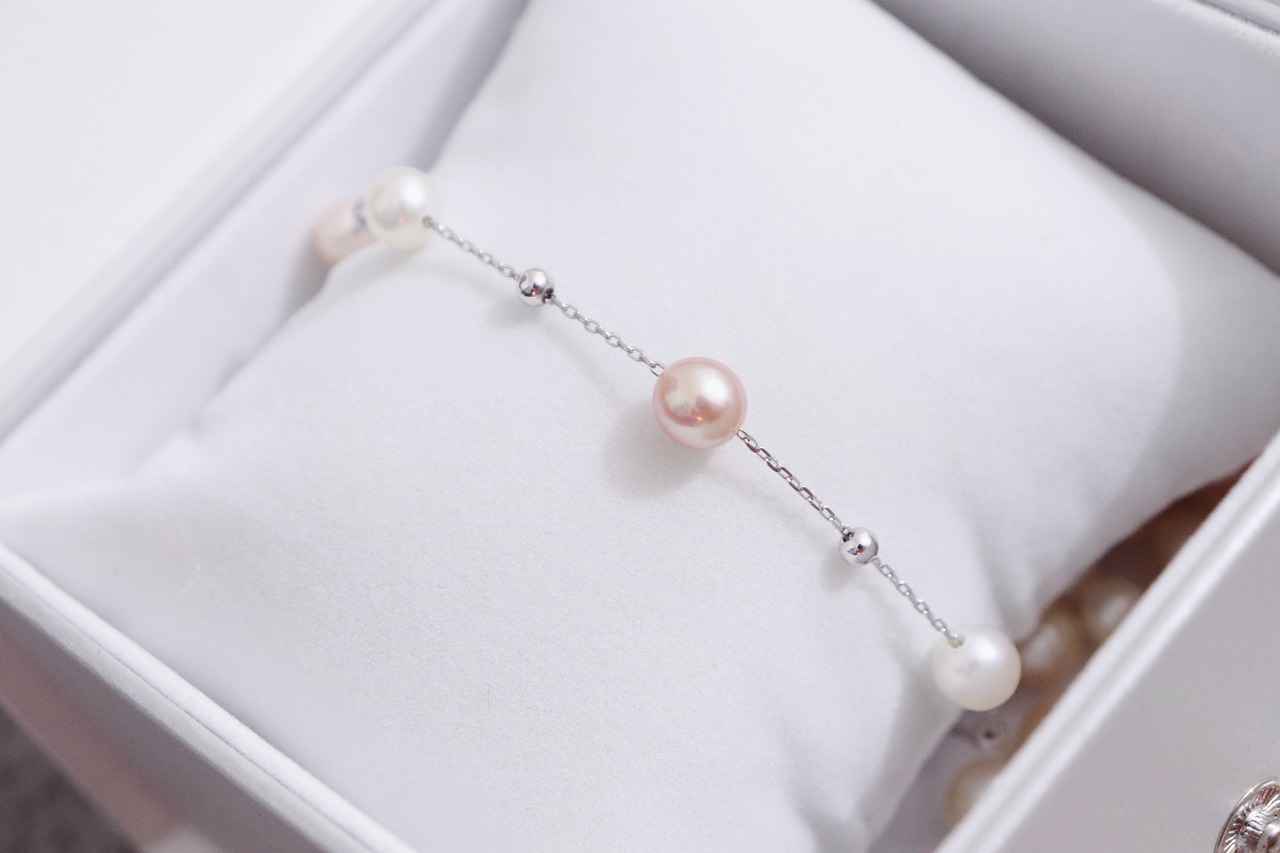
What Are the Current Trends in Gemstone Jewelry?
Staying updated on trends in gemstone jewelry is essential for consumers looking to make informed buying decisions. The world of jewelry is ever-evolving, with sapphires, rubies, and emeralds leading the charge in popularity. This section delves into the latest trends, highlighting the styles and designs that are capturing the hearts of consumers.
In recent years, there has been a noticeable shift towards vintage and antique styles. Consumers are increasingly drawn to art deco and Victorian-inspired settings, which offer a unique charm and character. These styles often feature intricate details and are perfect for showcasing the vibrant colors of sapphires, rubies, and emeralds.
Today’s jewelry designers are embracing minimalism and asymmetry in their creations. Stackable rings and layered necklaces allow consumers to mix and match different gemstones, creating personalized looks. This trend encourages individuality and self-expression, making it easier for buyers to curate their unique style.
Color plays a crucial role in gemstone jewelry trends. Pastel shades of sapphires and lighter hues of emeralds have surged in popularity, appealing to those who prefer a softer aesthetic. On the other hand, the deep, rich reds of rubies remain a classic choice, often used in statement pieces that demand attention.
Ethical sourcing has become a pivotal factor for many consumers. Buyers are increasingly seeking conflict-free gemstones and those that are sustainably sourced. This trend not only reflects a growing awareness of environmental issues but also encourages brands to adopt more responsible practices.
When it comes to settings, halo designs are particularly popular among consumers. These settings enhance the brilliance of the center stone while adding a touch of elegance. Additionally, three-stone rings are gaining traction, symbolizing the past, present, and future, making them a popular choice for engagement rings.
Social media influencers are playing a significant role in shaping trends within the gemstone jewelry market. Their ability to reach wide audiences has led to the rise of specific styles, such as statement earrings and bold cocktail rings, which are often showcased in eye-catching posts.
Customization is at the forefront of current trends, allowing consumers to design pieces that reflect their personal style. Many jewelers now offer bespoke services, enabling buyers to select their preferred gemstone, cut, and setting. This trend emphasizes the importance of individuality in jewelry choices.
In summary, the trends in sapphire, ruby, and emerald jewelry are diverse and dynamic, influenced by consumer preferences for style, ethical considerations, and personalization. Keeping an eye on these trends can significantly impact buying decisions, ensuring that consumers make choices that resonate with their personal aesthetics and values.
Frequently Asked Questions
- What is the main difference between sapphires, rubies, and emeralds?
The primary difference lies in their color and composition. Sapphires are typically blue but come in other colors, rubies are known for their vibrant red hue, and emeralds are cherished for their rich green color. Each gemstone has its unique appeal and value in the market.
- How can I assess the quality of a gemstone?
To evaluate a gemstone’s quality, consider the 4 Cs: Cut, Color, Clarity, and Carat weight. These factors significantly influence the overall appearance and value of sapphires, rubies, and emeralds, helping you make an informed choice.
- Which gemstone is the most durable?
Sapphires are renowned for their hardness, scoring 9 on the Mohs scale, making them highly durable for everyday wear. Rubies, being a type of sapphire, share this durability, while emeralds, scoring 7.5 to 8, require a bit more care due to their inclusions.
- What are the best settings for these gemstones?
The best settings for sapphires, rubies, and emeralds often depend on their durability. Sapphires and rubies can be set in various styles, including solitaire and halo settings, while emeralds look stunning in vintage or bezel settings that protect their edges.
- How should I care for my gemstones?
To maintain your gemstones’ beauty, clean them gently with mild soap and water, and avoid harsh chemicals. Store them separately to prevent scratches, and consider professional cleaning for intricate pieces to ensure longevity.
